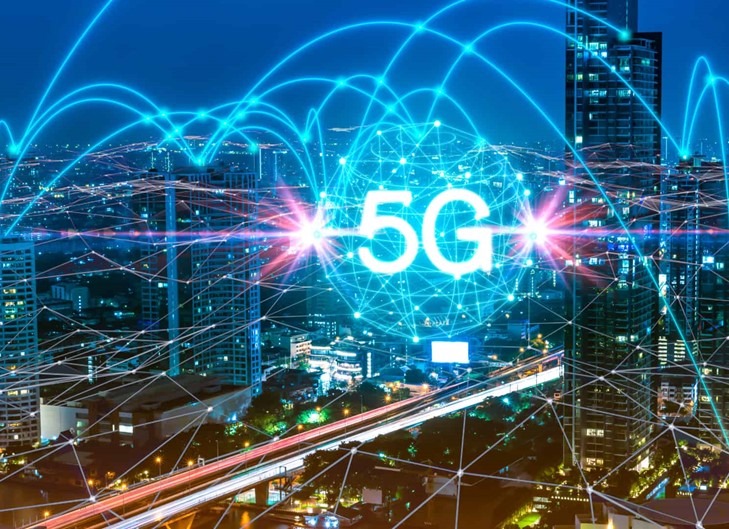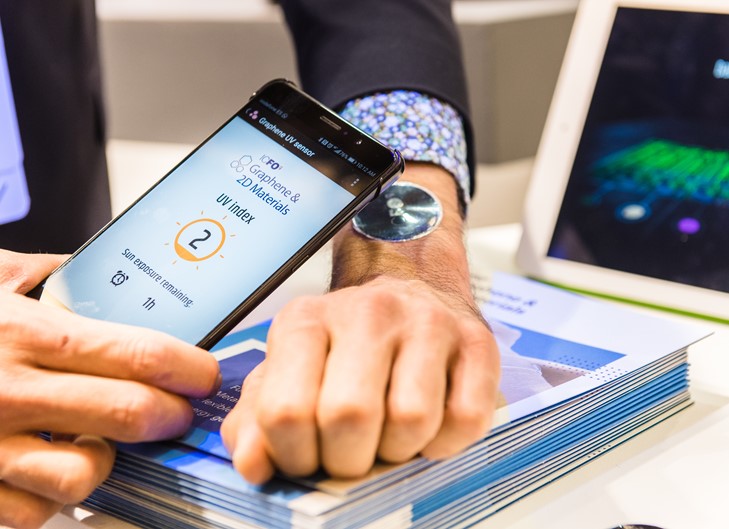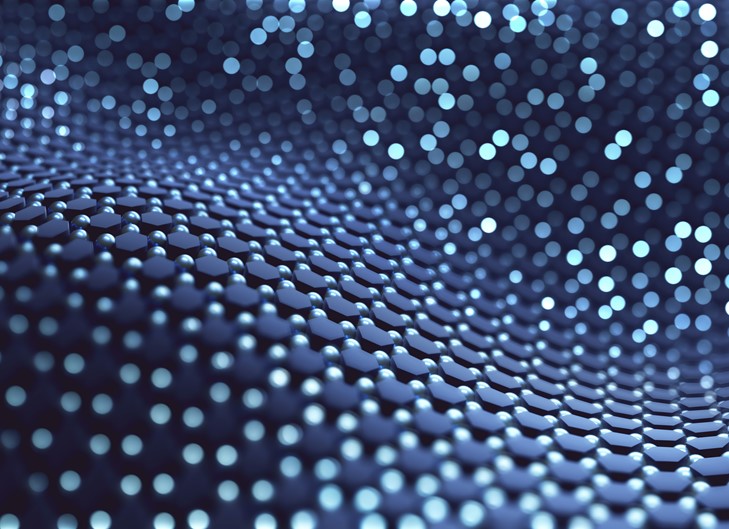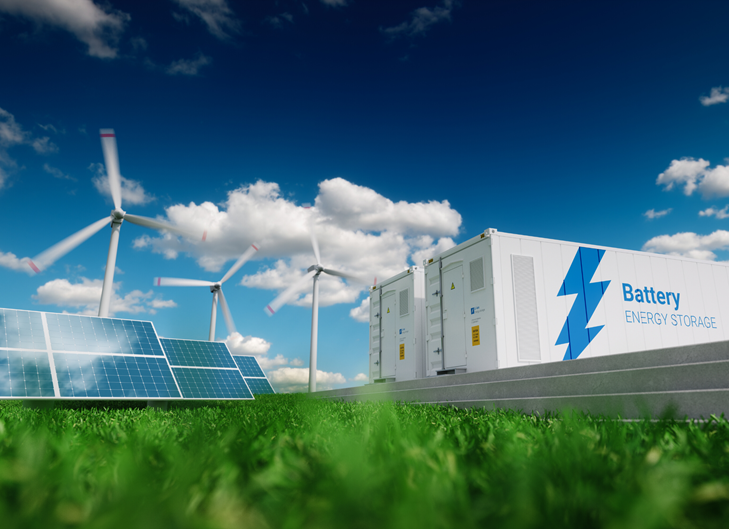Graphene Pavilion
Learn about graphene and its various uses in applications ranging from aircraft overhead to cars on the road, and even underground. Graphene's properties can make materials stronger, lighter, flexible and even electrically conductive. That opens many possibilities for new and improved technologies.












